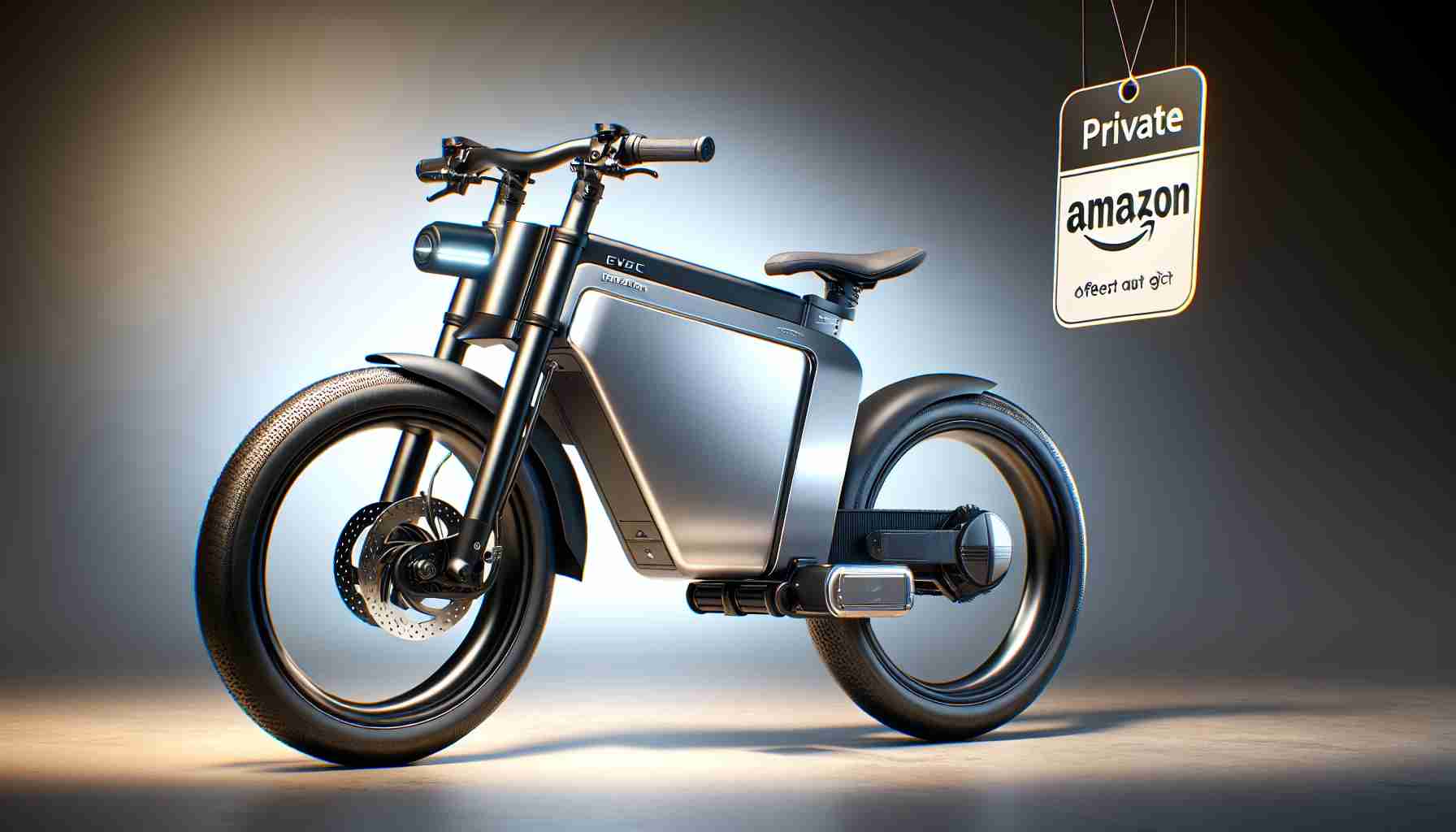Tensions are running high in the Taiwan Strait as Taiwan’s Ministry of National Defence (MND) reported spotting 18 Chinese military aircraft, seven naval ships, and an official vessel near the island. The activity was detected up until 6 a.m. local time on Saturday.
Escalating Actions: The Chinese military maneuver included seven aircraft from the People’s Liberation Army (PLA) crossing the often-contested median line of the Taiwan Strait, delving into Taiwan’s southwestern Air Defence Identification Zone (ADIZ). In response to this assertive stance, Taiwan swiftly deployed coastal-based missiles and launched aircraft to ensure heightened surveillance and security.
Background on Rising Tensions: Such activities are becoming a frequent occurrence, reflecting the ongoing tension between China and Taiwan. Taiwan has maintained self-governance since 1949, despite China’s claims over the island as part of its territory, vowing reunification, potentially through force.
Strengthening Defenses: Taiwan is on alert, enhancing its maritime and aerial defenses. On Thursday, Taiwan executed a wide-ranging air defense drill amid reports of China planning its Joint Sword-2024C military exercise nearby. The drill incorporated air, naval, and missile defense components to prepare for any potential threats from the air or sea.
The exercises highlighted Taiwan’s military readiness, deploying advanced aircraft and defense systems. President Lai Ching-te emphasized this commitment by attending the launch of a new naval facility, poised to bolster Taiwan’s strategic defensive capabilities against any unforeseen challenges.
The Future of Geopolitics and Technology: Unseen Impacts of Taiwan Strait Tensions
The recent escalation in the Taiwan Strait, marked by increased military activity from China and vigilant responses from Taiwan, is more than just a regional issue—it’s a catalyst that could drive significant advancements in geopolitical strategies and technological innovations.
Technological Arms Race: Navigating Uncharted Waters
The standoff between China and Taiwan is fueling a technological arms race, with both sides investing in cutting-edge military technologies. This competition is pushing advancements in areas such as missile defense systems, cyber warfare capabilities, and artificial intelligence (AI) applications for strategic defense. For instance, Taiwan’s deployment of coastal-based missiles and advanced aircraft is indicative of a broader trend toward using technology to maintain a defensive edge.
Controversies and Global Implications
A critical question arises: Are these advancements merely a precaution, or do they contribute to global instability? The rapidly evolving defense technologies raise ethical and strategic dilemmas. For example, the implementation of AI in military systems could lead to unintended escalations due to misinterpretations or errors in automated decisions.
Moreover, the situation in the Taiwan Strait involves more than just national interests; it also influences global trade routes, especially given the region’s strategic importance. As Taiwan enhances its defenses, there is a looming risk of disrupting vital shipping lanes that are crucial for international commerce.
Economic and Diplomatic Ramifications
The tensions are not just military; there are significant economic and diplomatic ramifications. Semiconductor manufacturing, a dominant industry in Taiwan, could face disruptions. Considering Taiwan’s role as a critical player in the global supply chain for semiconductors, any military conflict could have a ripple effect across global markets, impacting everything from consumer electronics to automobile manufacturing.
Nevertheless, Taiwan’s crisis also presents opportunities. The island is pushing for investment in indigenous defense industries, which could spur innovation and create new economic opportunities. However, there’s a thin line between ensuring national security and potentially heightening regional tensions, making diplomatic engagement crucial.
The Role of Global Players: A Balancing Act
Major world powers, including the United States, play a critical role in the dynamics of the Taiwan Strait. The U.S. often finds itself in a delicate balancing act—supporting Taiwan’s security without provoking further escalation. This necessitates careful diplomatic negotiations and strategic partnerships.
The stakes are high, and the question remains: How will global powers navigate these tensions while fostering stability and technological progress? The answer may determine the course of international relations in the coming years.
Advantages and Disadvantages
Advantages:
– Innovation Catalysts: Tensions drive technological advancements, potentially leading to breakthroughs in defense and communication technologies.
– Economic Opportunities: Investment in local defense industries can boost the economy and reduce reliance on foreign military assistance.
Disadvantages:
– Risk of Escalation: Miscommunication or technical failures could trigger unintended conflicts.
– Economic Disruptions: Semiconductor disruptions could have widespread effects on global supply chains.
For further insights into the global impacts of regional tensions and technological advancements, visit Brookings Institution and Center for Strategic and International Studies.







